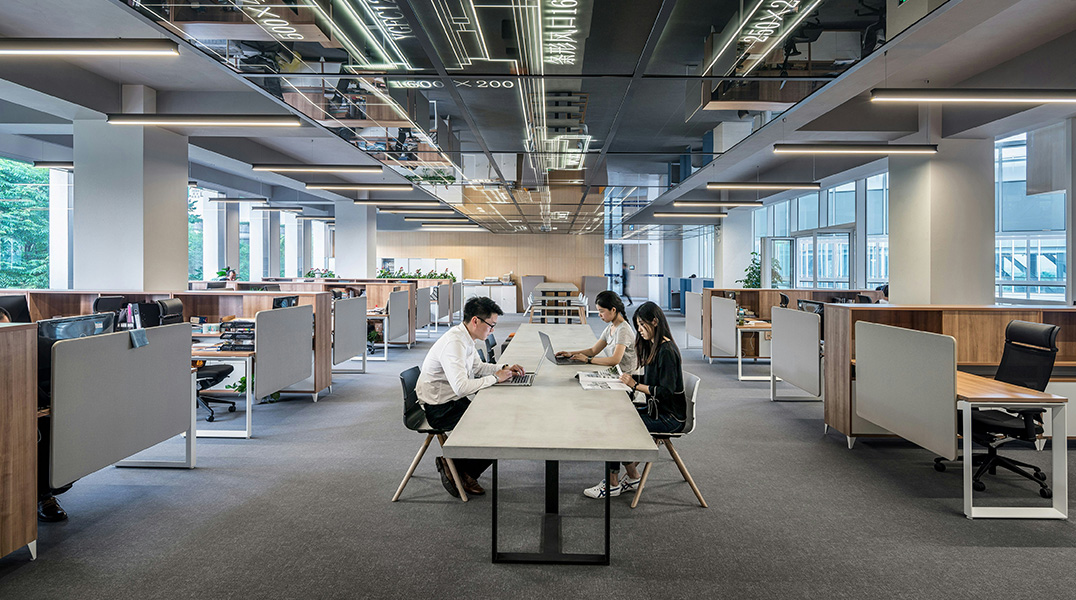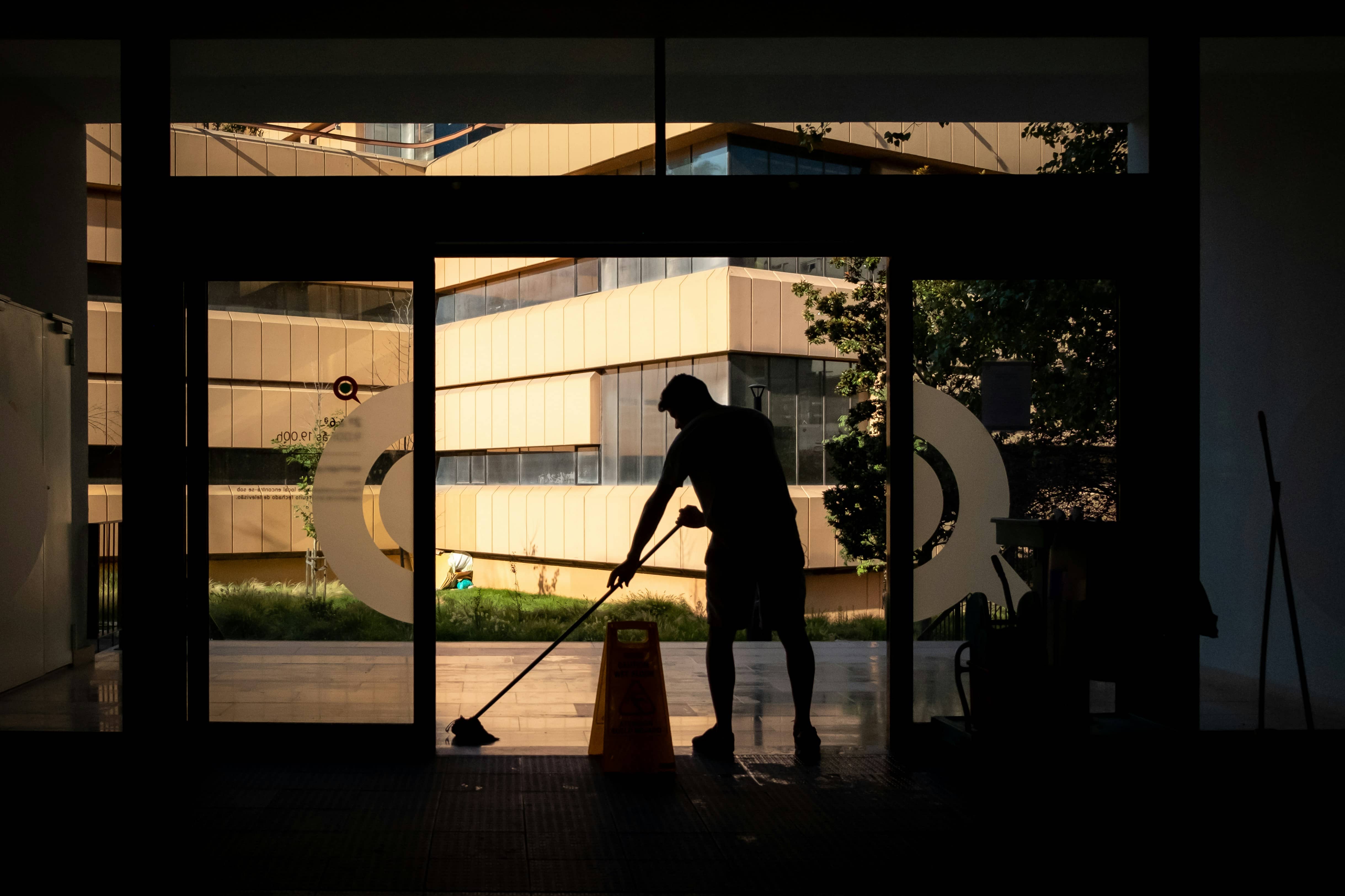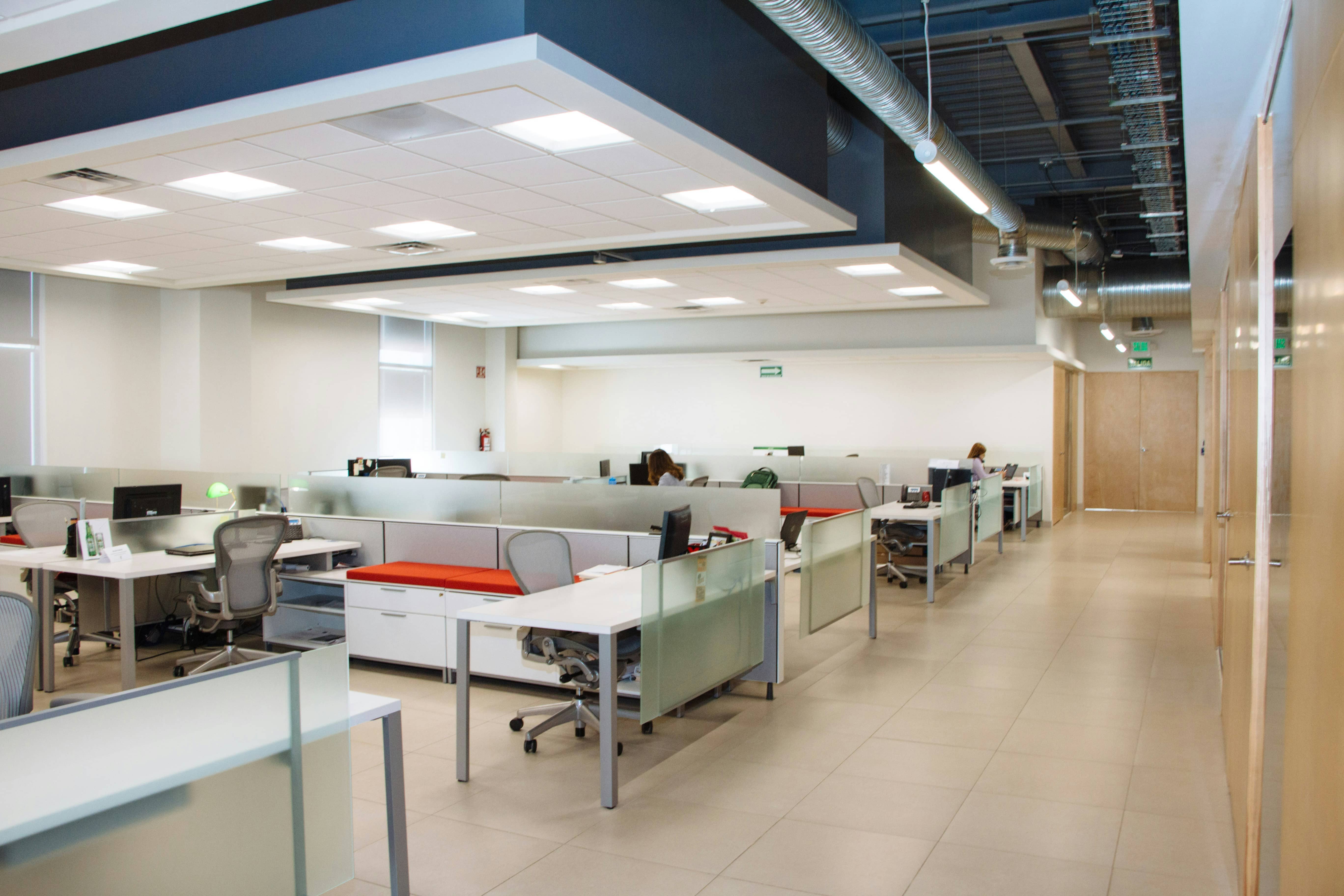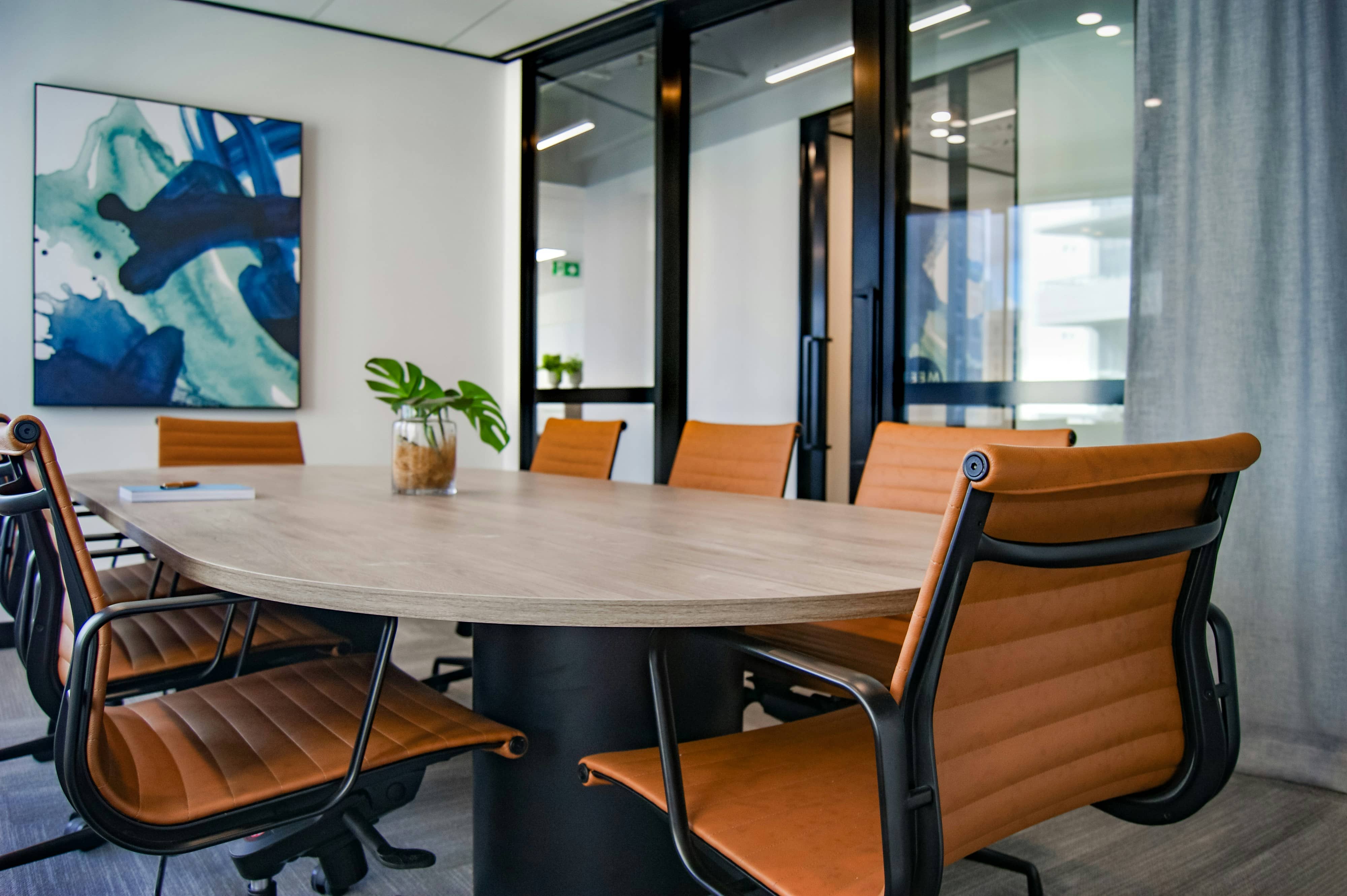Daily Cleaning Tasks
Daily cleaning tasks form the foundation of a well-maintained office environment. These essential activities should be performed every working day to maintain basic hygiene standards and create a professional atmosphere. Regular daily cleaning prevents the accumulation of dirt and germs, ensuring a healthy workspace for all employees.
The daily cleaning routine should focus on high-traffic areas and frequently touched surfaces. This includes emptying trash bins, sanitizing common areas, and maintaining clean restrooms. These tasks are crucial for preventing the spread of germs and maintaining a professional appearance throughout the workday.
Weekly Deep Cleaning
Weekly cleaning tasks involve more thorough maintenance that goes beyond daily surface cleaning. These activities focus on areas that don't require daily attention but need regular care to maintain optimal cleanliness and functionality. Weekly cleaning helps prevent the buildup of dust, allergens, and bacteria in less frequently used areas.
This schedule includes dusting all surfaces, cleaning windows, sanitizing electronic equipment, and performing deep cleaning of restrooms. Weekly tasks also involve vacuuming carpets thoroughly and cleaning areas that may be overlooked during daily routines. This systematic approach ensures comprehensive office maintenance.
Monthly Comprehensive Cleaning
Monthly cleaning tasks involve intensive maintenance that addresses areas requiring specialized attention or equipment. These activities focus on deep cleaning, maintenance, and preventive care that helps extend the life of office equipment and furnishings. Monthly cleaning also includes tasks that require professional equipment or expertise.
This comprehensive schedule includes cleaning air vents and HVAC systems, shampooing carpets, washing windows thoroughly, sanitizing upholstery, and performing deep cleaning of all hard-to-reach areas. Monthly cleaning also involves inspecting and maintaining cleaning equipment and updating cleaning protocols as needed.
High-Touch Areas Priority
High-touch areas require special attention due to their frequent use and potential for germ transmission. These surfaces should be cleaned and sanitized multiple times throughout the day to prevent the spread of illness and maintain a healthy work environment. Paying special attention to these areas is crucial for workplace health and safety.
Key high-touch areas include doorknobs, light switches, elevator buttons, shared equipment, and common areas. These surfaces should be sanitized with appropriate cleaning products that effectively kill germs while being safe for the specific surface material. Regular sanitization of these areas helps reduce the risk of illness transmission among employees.
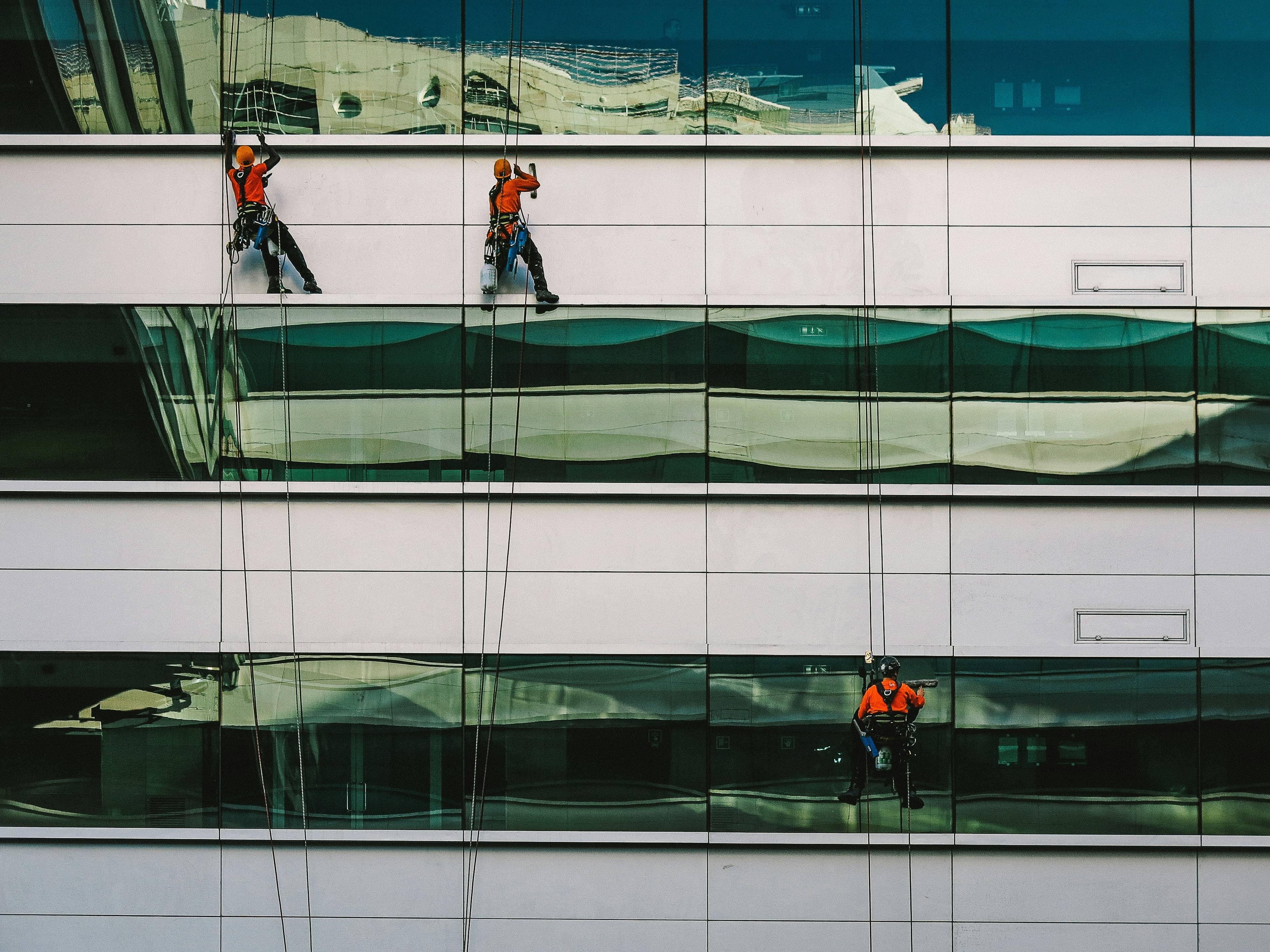
🧹
Daily Tasks High Priority
- Empty all trash bins and replace liners
- Wipe down all work surfaces and desks
- Clean and sanitize restrooms
- Vacuum high-traffic areas
- Sanitize kitchen surfaces and appliances
- Restock paper towels and soap dispensers
🧽
Weekly Tasks Medium Priority
- Dust all surfaces and furniture
- Clean windows and glass surfaces
- Sanitize phones and keyboards
- Vacuum all carpeted areas
- Deep clean restrooms
- Clean break room thoroughly
🔧
Monthly Tasks Low Priority
- Clean air vents and HVAC systems
- Shampoo carpets and upholstery
- Wash windows inside and out
- Sanitize all upholstered furniture
- Clean hard-to-reach areas
- Inspect and maintain equipment
Specialized Cleaning Areas
Certain areas of the office require specialized cleaning approaches due to their unique functions or materials. These areas may need specific cleaning products, techniques, or equipment to maintain their appearance and functionality. Understanding the requirements of these specialized areas ensures proper maintenance and extends their useful life.
Specialized areas include conference rooms, executive offices, server rooms, and areas with sensitive equipment. These spaces may require different cleaning schedules, specialized products, or professional cleaning services to maintain their specific requirements and standards.
Safety and Compliance
Maintaining safety standards and compliance with health regulations is essential for any office cleaning program. This includes using appropriate cleaning products, following safety protocols, and ensuring that cleaning activities don't create hazards for employees. Compliance with local health and safety regulations helps protect both employees and the organization.
Safety considerations include proper storage of cleaning chemicals, use of appropriate personal protective equipment, and ensuring that cleaning activities don't interfere with normal business operations. Regular training for cleaning staff on safety protocols and compliance requirements helps maintain high standards and prevent accidents.
Safety Checklist
- Use appropriate personal protective equipment
- Store cleaning chemicals safely and securely
- Follow manufacturer instructions for all products
- Ensure proper ventilation during cleaning
- Keep cleaning equipment in good condition
- Train staff on safety protocols regularly
Quality Control and Monitoring
Implementing quality control measures ensures that cleaning standards are consistently maintained. This includes regular inspections, feedback systems, and performance monitoring to identify areas for improvement. Quality control helps maintain high standards and provides accountability for cleaning services.
Monitoring systems can include checklists, inspection reports, customer feedback, and performance metrics. Regular reviews of cleaning procedures and outcomes help identify trends, address issues promptly, and continuously improve the cleaning program. This systematic approach ensures that cleaning standards remain high and consistent.
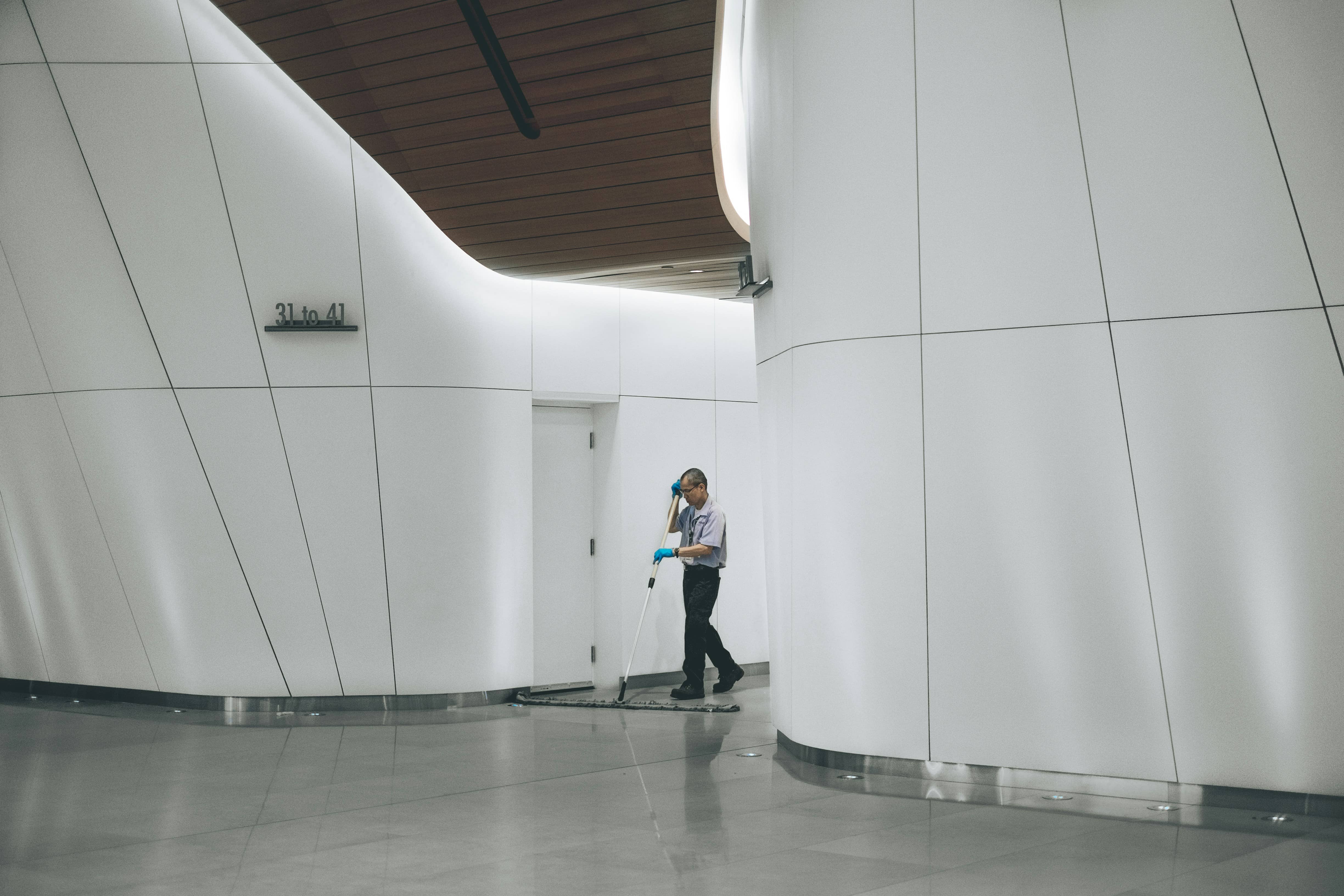
Comprehensive Cleaning Excellence
Following this comprehensive checklist ensures your office maintains the highest standards of cleanliness and creates a healthy environment for everyone. A well-maintained office not only looks professional but also contributes to employee satisfaction, productivity, and overall business success.
Regular adherence to this cleaning checklist helps prevent the buildup of dirt and allergens, reduces the risk of illness transmission, and creates a positive impression for clients and visitors. The investment in proper office cleaning pays dividends in employee health, productivity, and your company's professional image.
Remember that professional cleaning services can supplement your regular maintenance program, providing specialized expertise and equipment for deep cleaning tasks. Whether you handle cleaning in-house or work with professional services, this checklist provides a solid foundation for maintaining a clean, healthy, and professional office environment.
